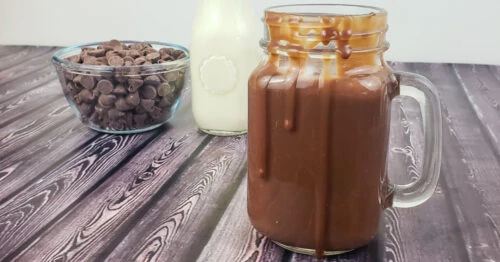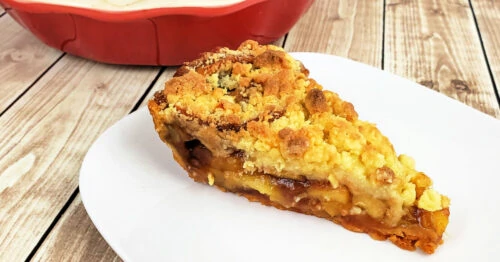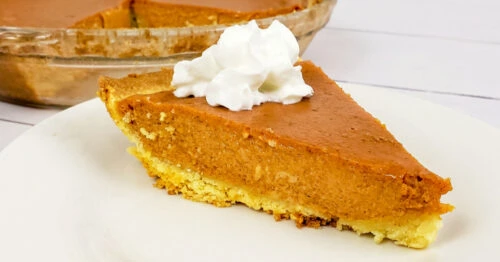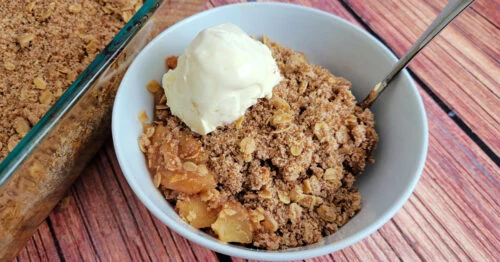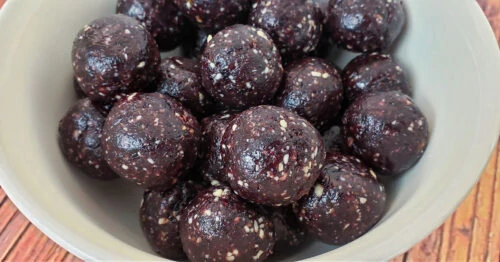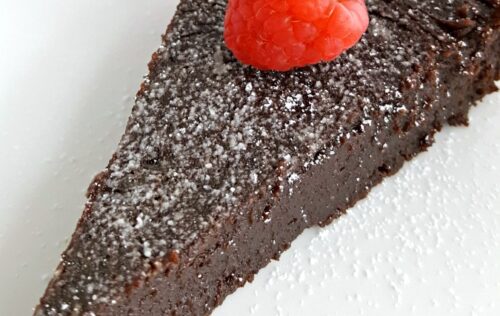Jump to Recipe
My flaky gluten-free pie crust is easy to make with simple ingredients and it pairs well with many different types of pie filling. Best of all, you only need a handful of simple ingredients to make it!
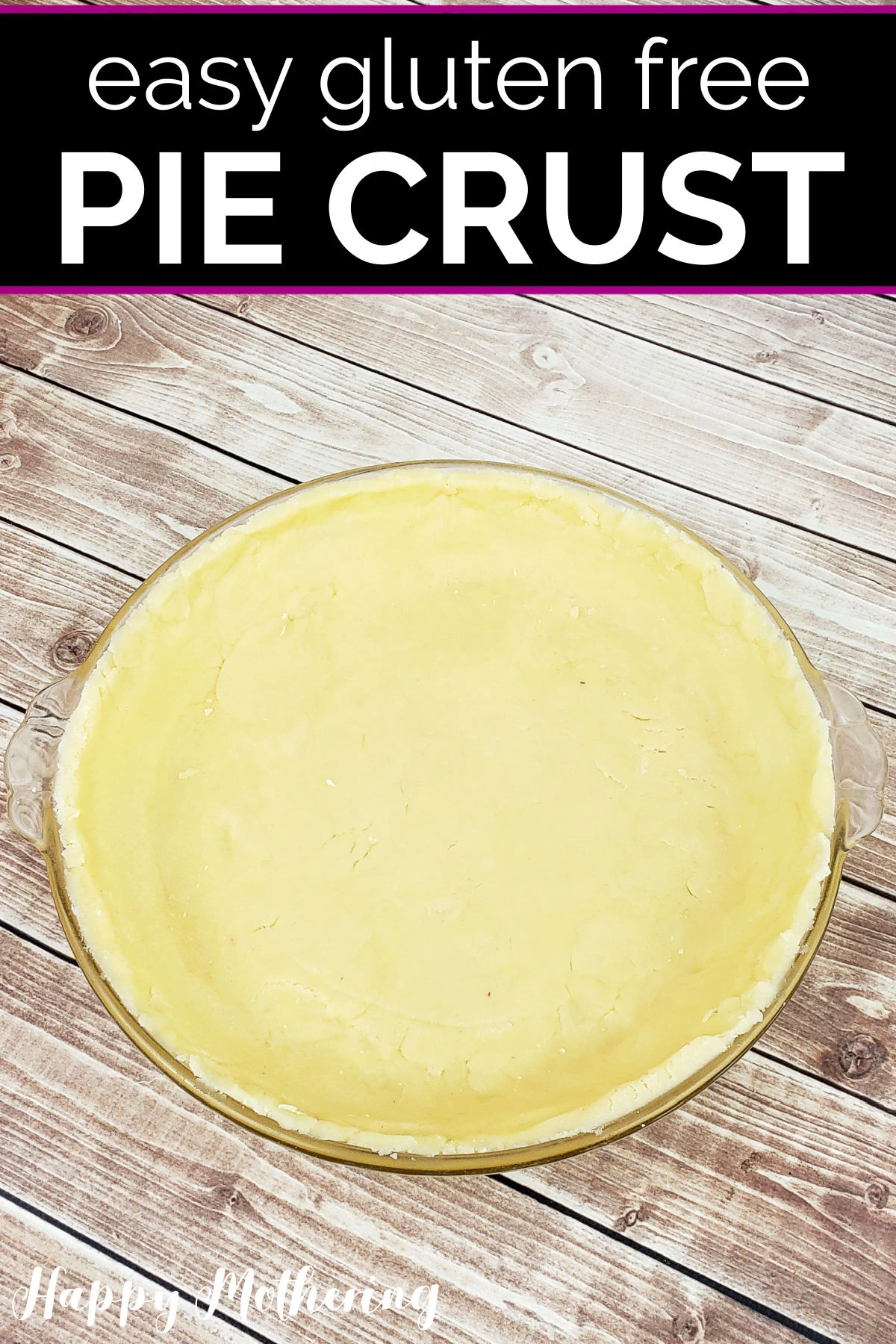
Before I went gluten free, I made an amazing traditional pie crust with wheat flour, butter and tallow. I spent a long time perfecting that recipe, so I hoped that I could make a gluten-free pie dough that worked just as well.
The first time I tried, it burnt and crumbled, but I stuck with it. After many attempts, I came up with an easy gluten-free pie crust recipe that works great for the bottom crust of a 9-inch pie plate.
I hope your family enjoys my simple crust recipe as much as mine does! With a little effort, you can also use it as a top crust for a double-crust pie, but I most often make single-crust pies for my family like pumpkin or buttermilk.
Ingredients
- 1 ¼ cups of Cup4Cup gluten free flour
- ¼ teaspoon of sea salt
- 1 tablespoon of granulated sugar
- ½ cup of cold unsalted butter
- ¼ cup of ice-cold filtered water
Equipment
- Mixing bowl
- Measuring cups and spoons
- 9-inch pie pan
- Pastry cutter
- Large piece of plastic wrap
By the Numbers: How to Make a Gluten Free Pie Crust
Follow these simple step-by-step instructions to learn how to make the best gluten free pie crust.
Step 1: Combine Flour, Salt and Sugar
The first thing you want to do is add 1 ¼ cups of gluten free flour, ¼ teaspoon of sea salt and 1 tablespoon of granulated sugar to a mixing bowl, then stir to combine.
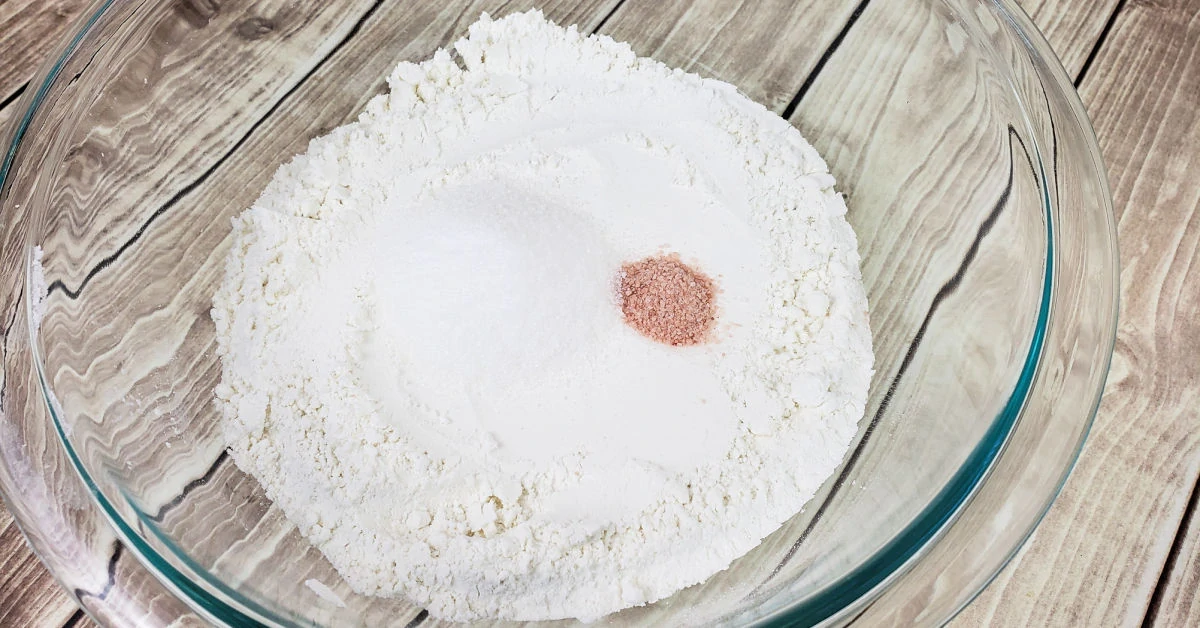
Step 2: Add Butter
Once that’s well mixed, add ½ cup of cold cubed butter to the bowl with the dry ingredients. Use your pastry blender / cutter to work the butter into the flour mixture until everything is well combined and has an almost crumbly texture to it.
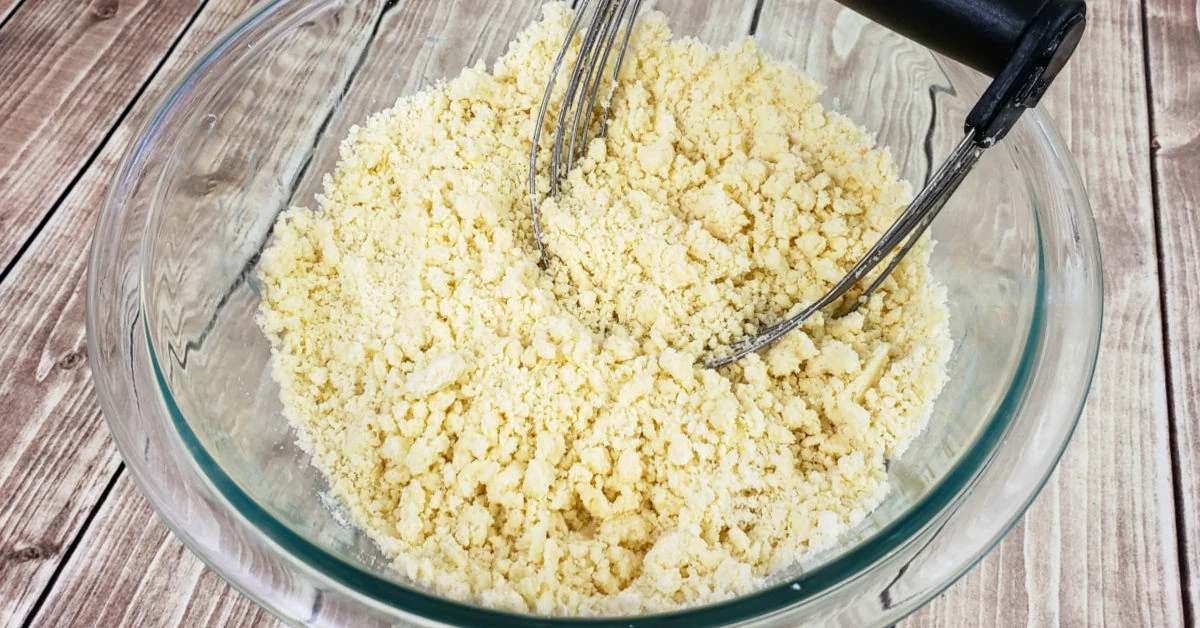
Step 3: Add Cold Water
After it’s well combined, add the ice water, one tablespoon at a time, until you’re able to form a ball from the dough. Don’t add all of the water at once or it may be too much.
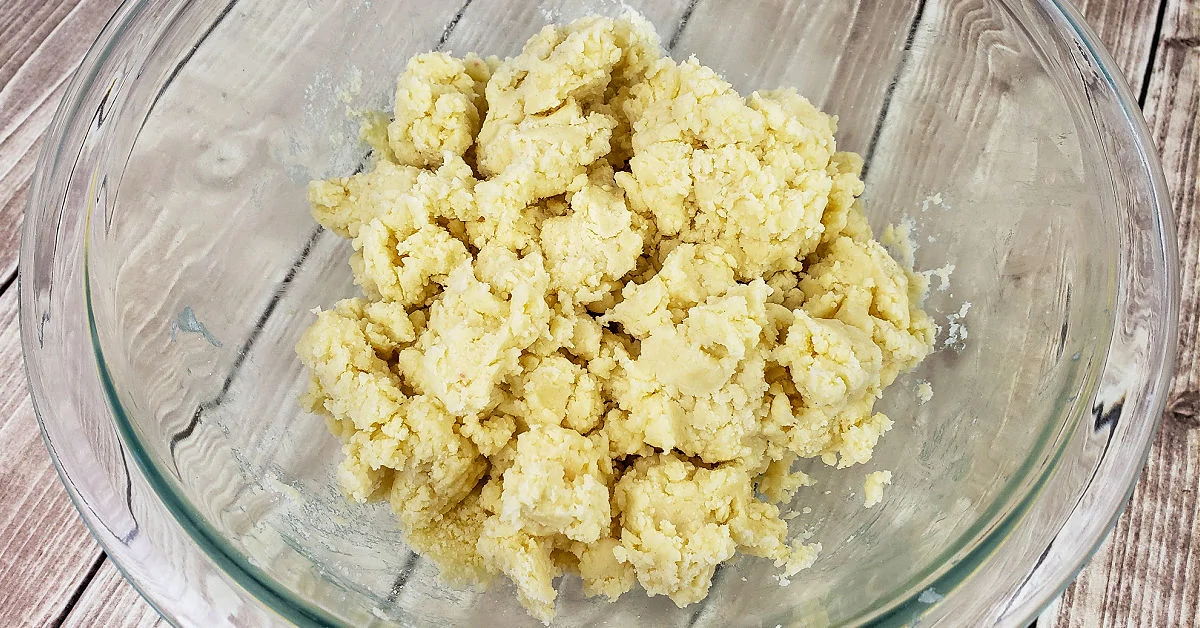
Step 4: Wrap Dough Ball in Plastic Wrap
Next, take your dough and roll it into a ball, wrap it tightly in plastic wrap, then refrigerate for about an hour (but not much longer than that or it’ll dry out and become more difficult to work with).
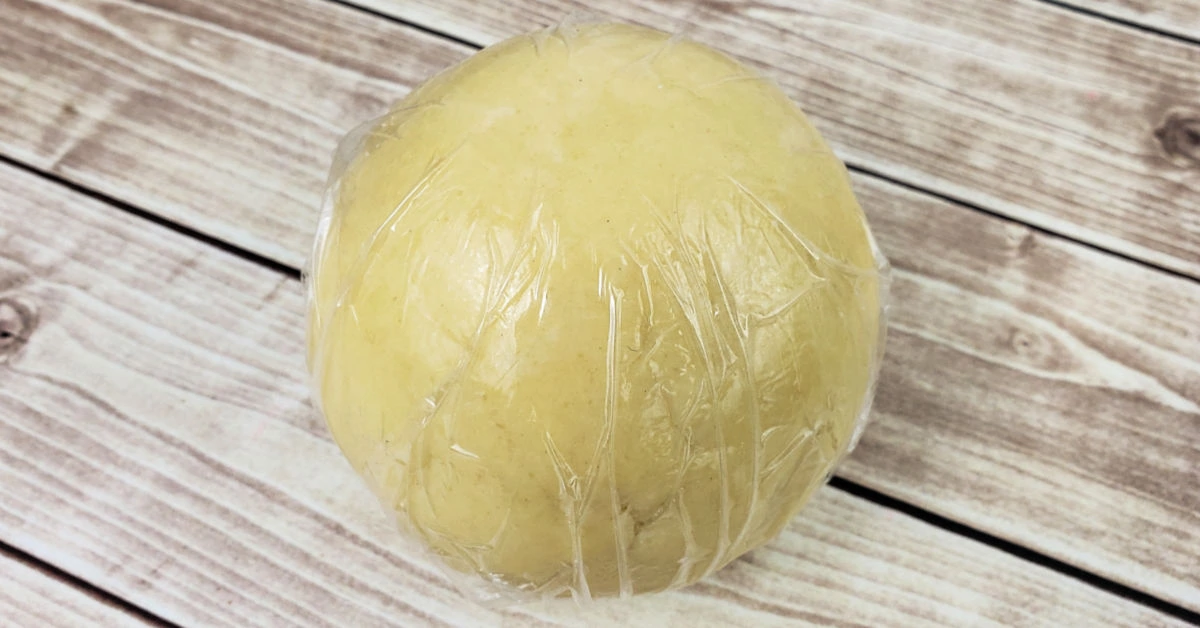
Step 5: Use Chilled Pie Dough
After it’s done chilling, remove the dough from the refrigerator, then roll it out and press it into your pie pan. You may need to use your hands to smooth and even it out throughout the pan.
Use your gluten free crust following the directions of the pie you want to make. Some recipes may ask you to dust the bottom of the crust with flour, some may ask you to blind bake, some may call for an egg wash and others call for it to be used raw.
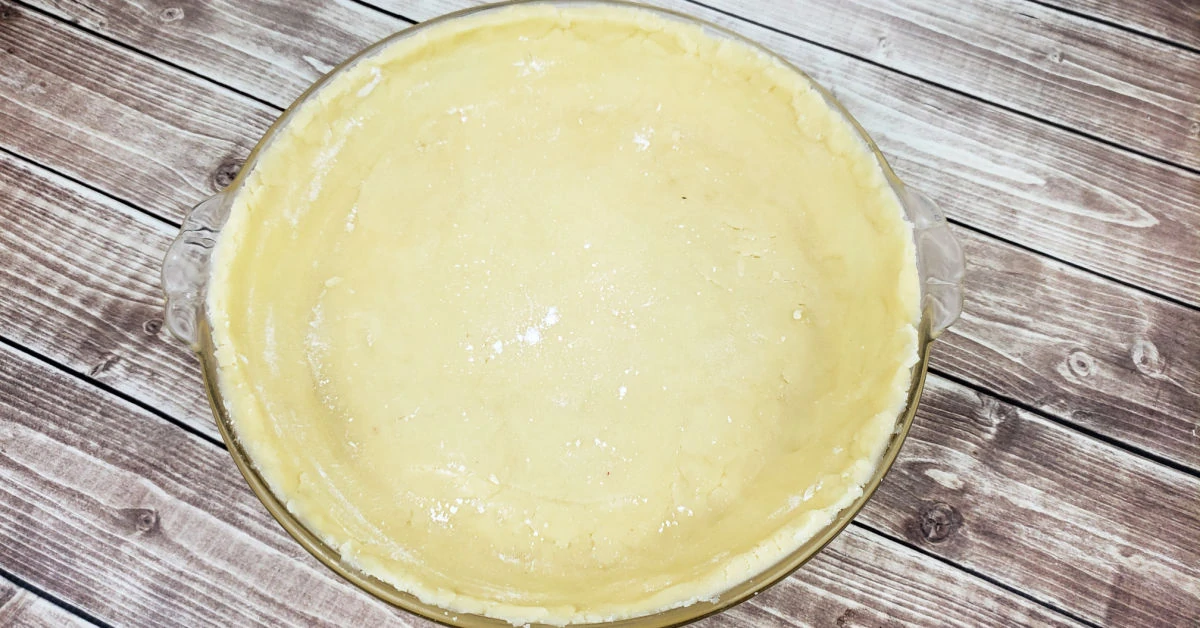
Tips for Making this Gluten-Free Pie Crust Recipe
Answers to all of your questions about making a homemade gluten-free pie crust, including tips and substitution ideas.
Dairy-free option
In my experience, palm shortening works best for a dairy free, vegan option. It’s not hydrogenated like vegetable shortening, so you don’t have to worry about that. I don’t find that coconut oil works as well as palm shortening and I haven’t tested vegan butter.
Best gluten-free flour blend
While I most often use Cup4Cup, you can use any blend that has xanthan gum. I’ve also used Bob’s Red Mill 1 to 1. It absorbs less water than Cup4Cup, so one thing to keep in mind when using any other flour is that you may need more or less water.
Does this recipe work for savory pies?
While I most often bake sweet pies, all you have to do to make a savory pie or quiche crust is omit the sugar. I also have a great chicken pot pie recipe you could use it with.
Why cold ingredients
If you want an extra flaky crust, your ingredients need to be cold. Warm butter spreads too easily when baked, so if you use room temperature ingredients, you won’t have a flaky pie crust.
How to make a double crust pie
You can still press the bottom crust into the pans. However, for the top crust, you’ll want to lightly flour your work surface then use a rolling pin (also floured) to roll out the top crust.
It won’t be as pliable as a regular pie crust made with wheat flour, but you should be able to roll it out. If it’s sticking too much, you can put it between 2 pieces of wax paper, then roll it out.
Gluten free pie recipes
Here are some of my favorite pie recipes that use this crust:
Secrets to Gluten Free Baking
If you’re new to gluten free baking, sign up to learn my 7 secrets to gluten-free baking by adding your name and email address to this form so I can email them to you.
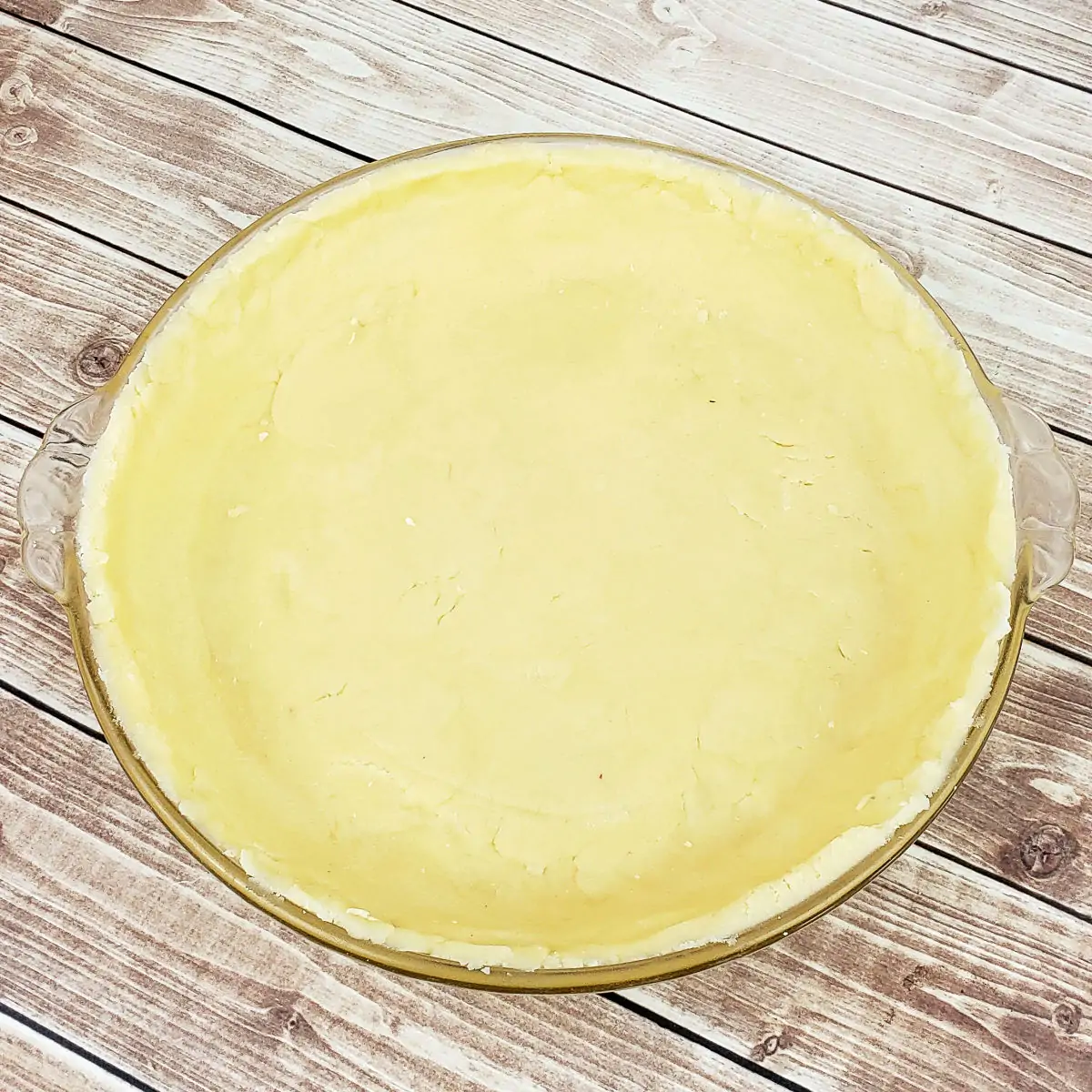
Gluten Free Pie Crust Recipe
Ingredients
- 1 ¼ cups Cup4Cup gluten free flour
- ¼ teaspoon sea salt
- 1 tablespoon granulated sugar
- ½ cup cold butter
- ¼ cup ice-cold filtered water
Equipment
- Mixing bowl
- Measuring cups and spoons
- 9-inch pie pan
- Pastry cutter
- Large piece of plastic wrap
Instructions
- Add the flour, salt and sugar to a large bowl, then stir to combine.
- Add cold cubed butter to the bowl. Combine using a dough blender.
- Once it’s well combined, add the ice cold water, one tablespoon at a time, until you’re able to form a ball from the dough.
- Roll the pie crust dough into a ball and wrap with plastic wrap, then refrigerate for an hour.
- Remove the dough from the refrigerator, then roll it out and press it into your pie pan. You may need to use your hands to smooth and even it out throughout the pan. Dust lightly with gluten free flour if your pie recipe calls for it.

